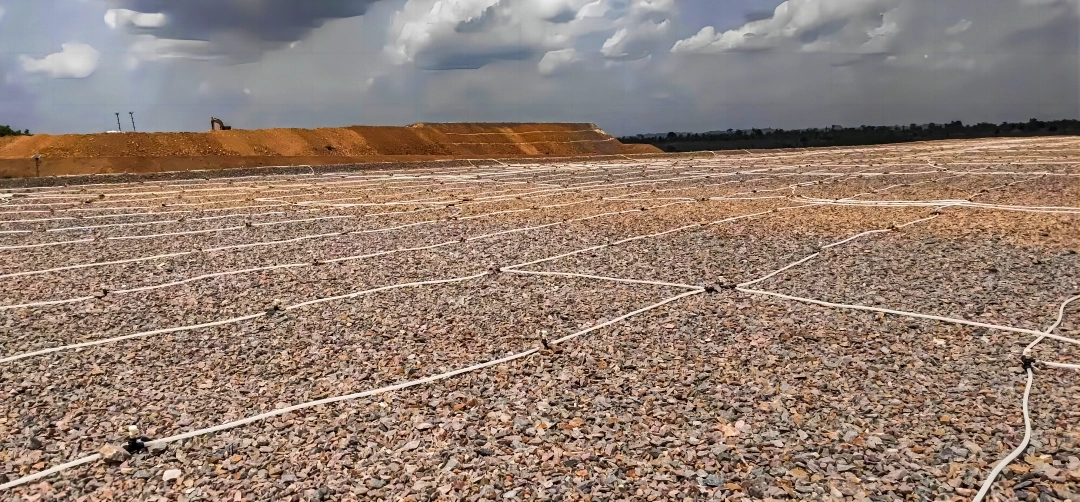
( Three million tpa gold ore heap leaching plant in Mongolia )
01Introduction
Gold leaching is the process of extracting gold from its ores using chemical reactions. It is a crucial step in the mining industry, as it allows the extraction of gold from low-grade ores that would otherwise be uneconomical to process. The process involves dissolving the gold in a solution containing a reagent, usually cyanide, which forms a complex with the gold. The complex is then separated from the ore and the gold is recovered from the solution.
Understanding the factors that affect gold leaching effects is critical to optimizing the process and improving the efficiency of gold extraction. In this comprehensive overview, we will explore the various factors that affect gold leaching effects, including pH, temperature, particle size, oxygen concentration, cyanide concentration, mineralogy, agitation, heap leaching optimization, impurities, and comparing leaching effects of different gold ores.
02Factors Affecting Gold Leaching Effects
1. pH: impact and optimization
The pH of the solution plays a crucial role in the gold leaching process. The optimal pH for gold leaching is between 10 and 11. as this provides the best conditions for the cyanide to form a complex with the gold. If the pH is too low, the reaction will be slow, resulting in poor gold recovery. If the pH is too high, the cyanide will decompose, reducing the efficiency of the process.

( pH impact and optimization in gold leaching )
2. Temperature: effect on kinetics and efficiency
Temperature also affects the rate of the gold leaching process. Higher temperatures increase the rate of the reaction, resulting in faster gold recovery. However, high temperatures can also lead to the decomposition of the cyanide, reducing the efficiency of the process. The optimal temperature for gold leaching is between 20 and 25 degrees Celsius.
3. Particle size: distribution and effect on leaching
The particle size of the ore also affects the gold leaching process. Smaller particles have a larger surface area, which allows for faster and more efficient gold recovery. However, if the particles are too small, they can become too compact, reducing the permeability of the heap and reducing the efficiency of the process. The optimal particle size for gold leaching is between 0.5 and 2.0 mm.
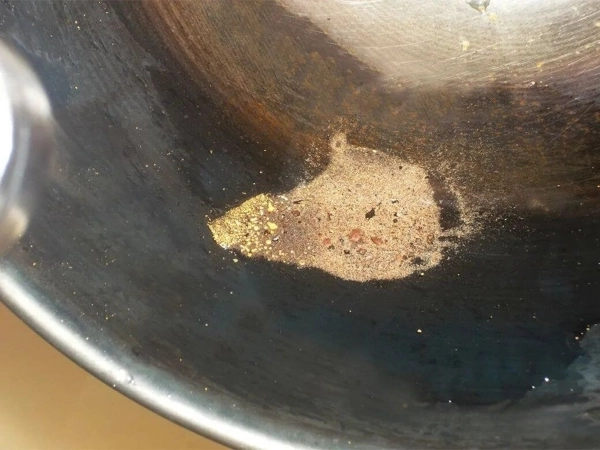
( Particle size distribution and effect on leaching )
4. Oxygen concentration: role and optimization
Oxygen is required for the gold leaching process to occur. The oxygen reacts with the cyanide to form a complex with the gold, allowing it to be dissolved in the solution. The optimal oxygen concentration for gold leaching is between 8 and 10 ppm. If the oxygen concentration is too low, the reaction will be slow, resulting in poor gold recovery. If the oxygen concentration is too high, it can lead to the oxidation of the cyanide, reducing the efficiency of the process.
5. Cyanide concentration: impact on kinetics and efficiency
The cyanide concentration is also a critical factor in the gold leaching process. The optimal cyanide concentration for gold leaching is between 0.1 and 0.5 g/L. If the cyanide concentration is too low, the reaction will be slow, resulting in poor gold recovery. If the cyanide concentration is too high, it can lead to the formation of metal cyanide complexes, reducing the efficiency of the process.
6. Mineralogy: influence on leaching effects
The mineralogy of the ore can also affect the gold leaching process. Some minerals, such as pyrite and arsenopyrite, can consume large amounts of cyanide, reducing the efficiency of the process. Other minerals, such as quartz and feldspar, can interfere with the gold leaching process by adsorbing the cyanide, reducing the amount available for gold dissolution.
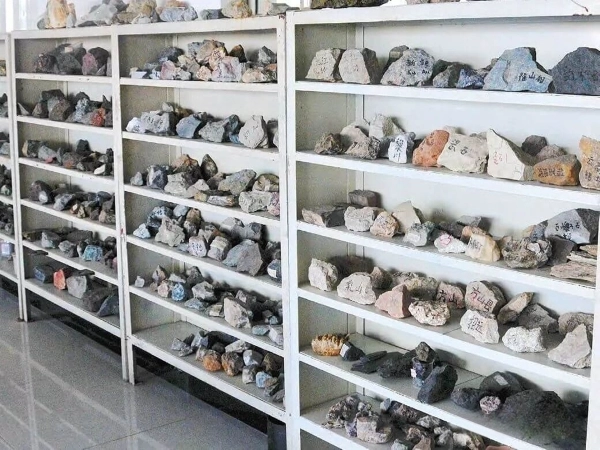
( Mineralogy influence on leaching effects )
7. Agitation: effect on kinetics and efficiency
Agitation is another critical factor in the gold leaching process. Agitation allows for the cyanide to be evenly distributed throughout the ore, increasing the efficiency of the process. The optimal agitation rate for gold leaching is between 400 and 600 rpm. If the agitation rate is too low, the reaction will be slow, resulting in poor gold recovery. If the agitation rate is too high, it can lead to the formation of air bubbles, reducing the efficiency of the process.
8. Heap leaching optimization for maximum gold extraction
Heap leaching is a common method used to extract gold from low-grade ores. Heap leaching involves stacking the ore on a pad and then irrigating it with a solution containing cyanide. The solution percolates through the ore, dissolving the gold, which is then recovered from the solution. Heap leaching can be optimized by controlling the pH, temperature, particle size, oxygen concentration, and cyanide concentration.
9. Impurities: effect on leaching efficiency
Impurities in the ore can also affect the gold leaching process. Some impurities, such as copper, can consume large amounts of cyanide, reducing the efficiency of the process. Other impurities, such as iron, can interfere with the gold leaching process by adsorbing the cyanide, reducing the amount available for gold dissolution.
10. Comparing leaching effects of different gold ores
Different gold ores have different characteristics that can affect the gold leaching process. By comparing the leaching effects of different gold ores, we can gain a better understanding of the factors that affect gold leaching effects and optimize the process for each specific ore.
03Methods of Determining Gold Leaching Effects
1. Chemical analysis
Chemical analysis is the most common method used to determine the gold leaching effects. Chemical analysis involves analyzing the concentration of gold in the solution and the ore at various stages of the leaching process. This allows us to determine the efficiency of the process and optimize the conditions for maximum gold recovery.

( Chemical analysis in gold leaching )
2. Leaching tests
Leaching tests involve simulating the gold leaching process in a laboratory setting. This allows us to test different conditions and optimize the process without the need for large-scale testing.
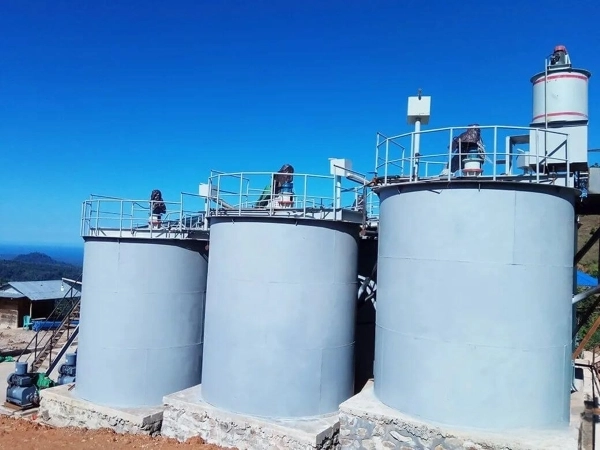
( Leaching tests in gold leaching )
3. Kinetic modeling
Kinetic modeling involves using mathematical models to simulate the gold leaching process. This allows us to predict the efficiency of the process under different conditions and optimize the process for maximum gold recovery.
04Conclusion
In conclusion, understanding the factors that affect gold leaching effects is critical to optimizing the process and improving the efficiency of gold extraction. By controlling the pH, temperature, particle size, oxygen concentration, cyanide concentration, mineralogy, agitation, heap leaching optimization, impurities, and comparing leaching effects of different gold ores, we can improve the efficiency of the process and maximize gold recovery. Chemical analysis, leaching tests, and kinetic modeling are all useful methods for determining gold leaching effects and optimizing the process. Future research should focus on developing new methods for improving gold leaching efficiency and reducing the environmental impact of the process.
- Random article
- Popular articles
- Popular comments
- Iron Ore Roasting and Magnetic Separation Process
- Combined process of laterite nickel ore selection and smelting(oxidized ore)
- Lithium ore positive flotation process
- Processing Lithium Ore: Artificial Selection, Gravity Separation, Flotation
- Lithium Ore Processing: Gravity Separation and Flotation
- Zirconium Ore Processing: Gravity, Magnetic, and Electric Separation
- Chromite Gravity, Magnetic, and Electric Separation Process



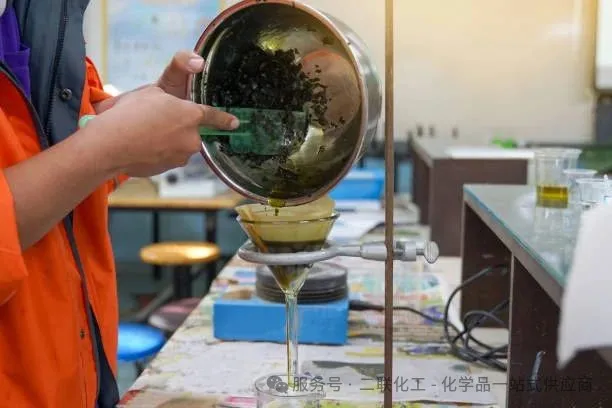




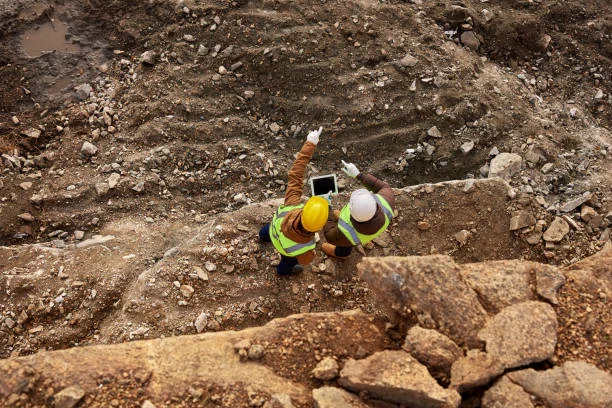
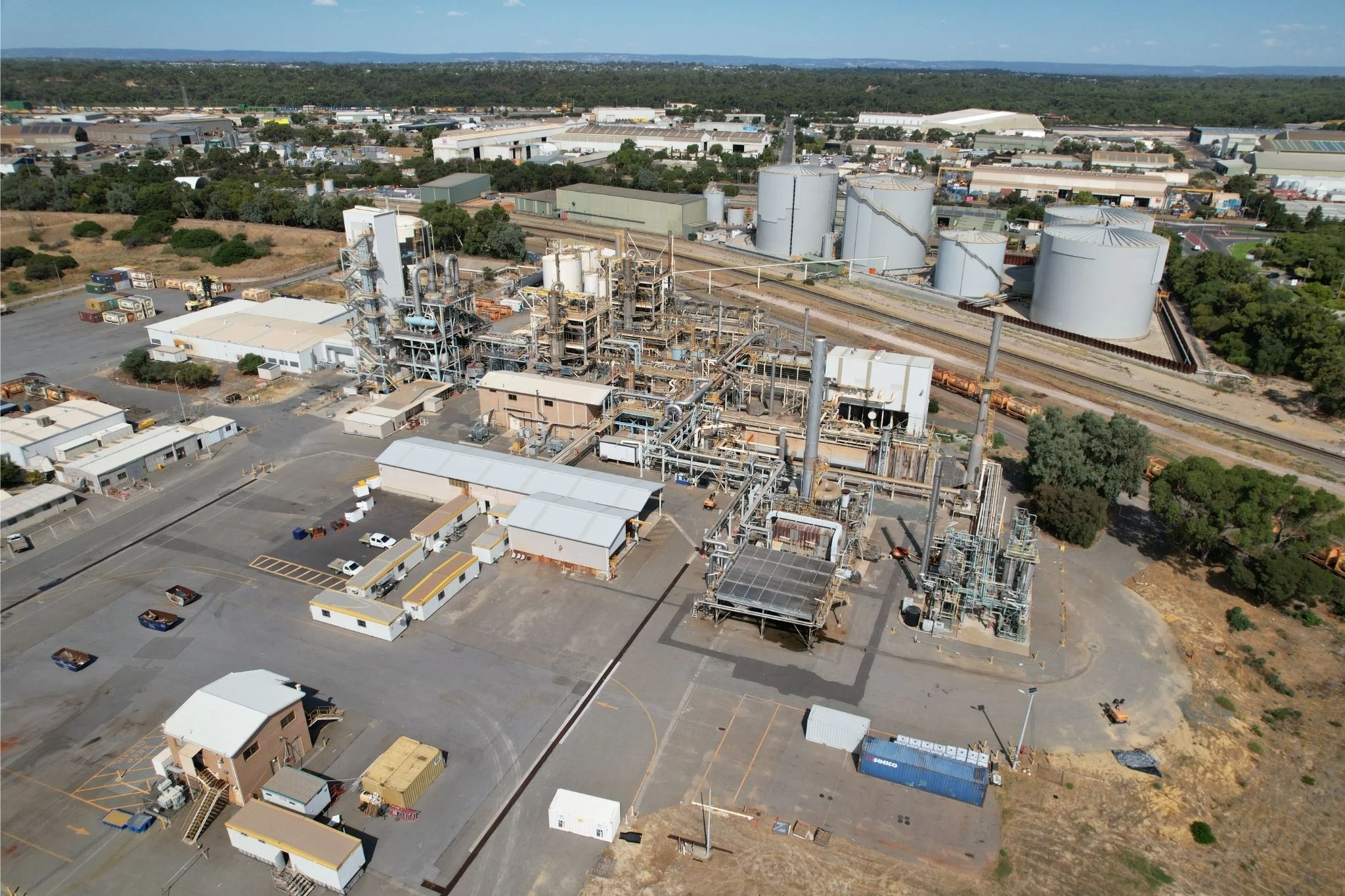
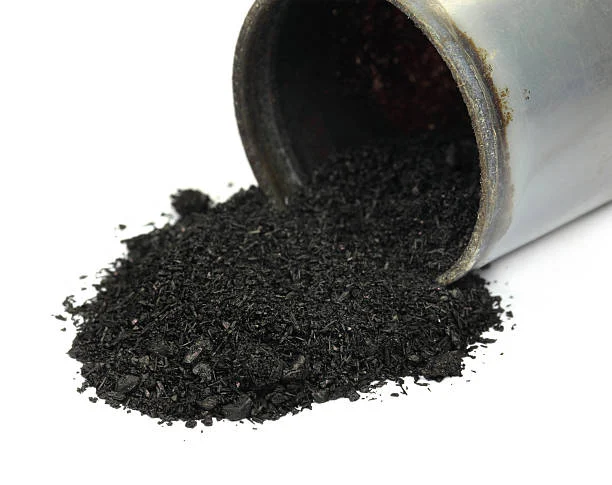

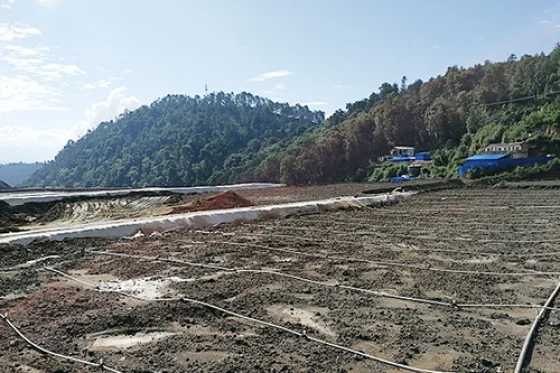
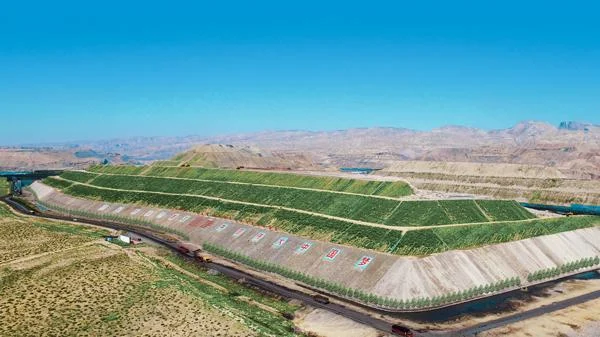

Leave a message with your needs or comments
Add comment: